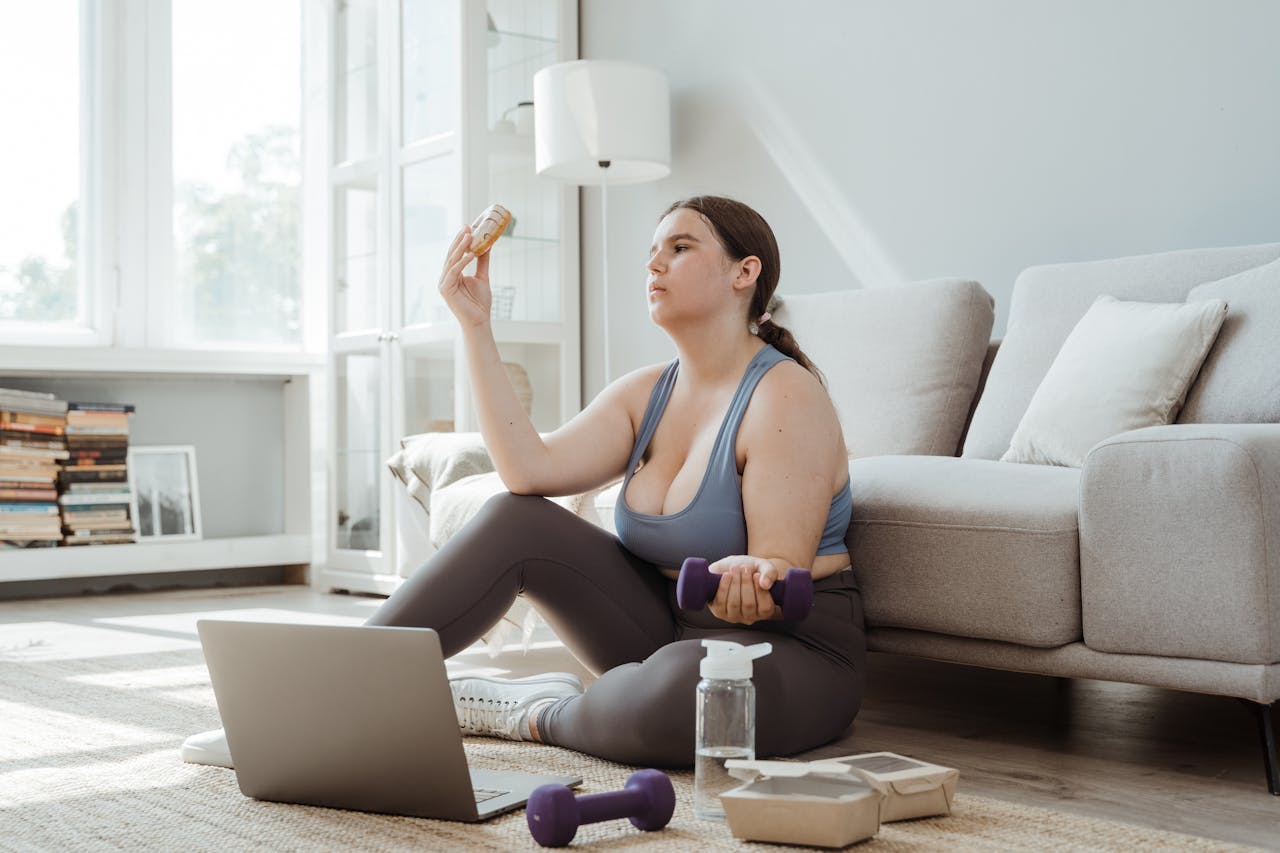Having large breasts is often romanticized and considered desirable in many societies. They are seen as symbols of femininity and beauty.
However, behind the glamorization lies a set of challenges that women with large busts often face. From physical discomfort to societal stereotypes, navigating life with a heavy load can be more burdensome than many realize.
In this blog post, we'll delve into the various challenges that women with large breasts encounter and shed light on the realities they face.
Physical Discomfort:
One of the most immediate challenges of having large breasts is the physical discomfort they can cause. The excess weight puts strain on the neck, shoulders, and back, leading to chronic pain and discomfort. Activities like exercise, running, or even finding comfortable sleeping positions can become arduous tasks.
The constant pulling and tugging of bra straps can leave deep marks on the skin, irritating and sometimes even sores. Moreover, finding well-fitting bras that provide adequate support without sacrificing comfort can be a daunting and often expensive endeavor.
Clothing Struggles:
Women with large busts often face challenges when it comes to finding clothes that fit well and flatter their bodies. Many clothing styles are designed with smaller busts in mind, leading to ill-fitting garments that either squish the chest or gape open, drawing unwanted attention.
Button-up shirts, for example, often pull at the chest or require safety pins to prevent gaping. Additionally, certain necklines can be problematic, as they may accentuate or exaggerate the size of the bust, making it difficult to achieve a balanced and proportionate look.
Body Image Issues:
Despite societal ideals equating large breasts with attractiveness, many women with ample bosoms struggle with body image issues. They may feel self-conscious about drawing too much attention to their chests or worry about being perceived solely based on their physical appearance.
Furthermore, the media's portrayal of an idealized body image, often featuring women with smaller, perkier breasts, can exacerbate feelings of inadequacy and insecurity among those with larger breasts. This constant pressure to conform to unrealistic beauty standards can take a toll on mental health and self-esteem.
Stereotypes and Misconceptions:
Women with large breasts are often subject to unfair stereotypes and misconceptions. They may be perceived as more promiscuous or less intelligent based solely on their physical appearance. These stereotypes can lead to discrimination in various aspects of life, including the workplace and social interactions.
Additionally, women with large breasts may face objectification and unwanted attention from others, making them feel uncomfortable and vulnerable in certain situations.
Health Concerns:
While large breasts are often associated with beauty, they can also pose significant health risks. The excess weight can contribute to poor posture and spinal misalignment, leading to chronic back and neck pain.
Furthermore, the constant pressure on the chest area can cause skin irritation, rashes, and even infections, particularly in hot and humid climates. In some cases, women with large breasts may also experience difficulty breathing or exercising due to the restrictive nature of their chest size.
Conclusion
Living with oversized breasts presents numerous challenges, spanning from physical discomfort and clothing dilemmas to body image concerns and societal stereotypes. Despite the widespread glorification of ample bosoms in society, countless women confront the harsh realities of managing life with such a substantial burden.
It's crucial to acknowledge these difficulties and endeavor to foster a more inclusive and compassionate environment where all body types are embraced and respected. This may involve enhancing access to supportive attire, normalizing discussions about breast size, and advocating for body positivity initiatives. By taking these steps, we can cultivate a society that uplifts and supports women of every shape and size.
In addition to addressing these challenges through words, incorporating images of breast reduction procedures can also provide a visual representation of the options available to women who struggle with the physical discomfort of large breasts. These images can serve as a reminder that there are medical interventions for those who desire them, empowering individuals to make informed choices about their bodies and well-being.

